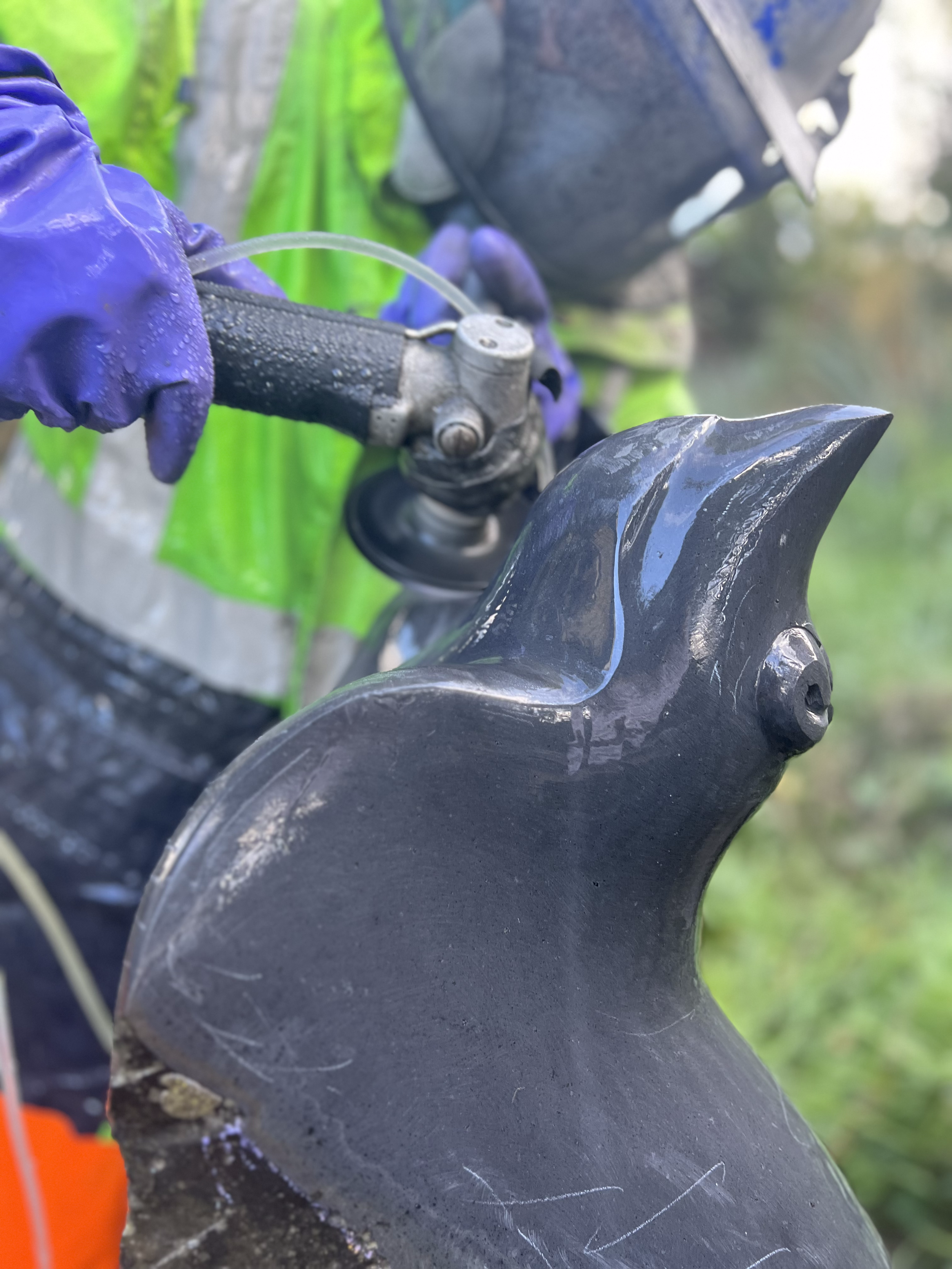Tai Tapu exhibition
The Tai Tapu Sculpture Garden is a unique project that not only promotes contemporary sculpture practice in New Zealand but also contributes to the restoration of native biodiversity in Canterbury. The planting of over 8000 native trees and shrubs since 2010 is a significant achievement, and the aim to recreate a podocarp forest of totara, matai, and kahikatea is an admirable goal. The garden's commitment to protecting and preserving rare or threatened native plants of Canterbury is commendable, and it is heartening to hear that the once bare one-hectare paddock is now a thriving sanctuary to native birds and sculpture lovers.
The annual Autumn Exhibition is a fantastic opportunity for the public to view the sculptures and experience the beauty of the garden. It is also encouraging to know that visitors can make an appointment to visit the garden outside of the major exhibition periods. This flexibility provides an opportunity for people to enjoy the garden at their leisure and appreciate its beauty and significance.
Overall, the Tai Tapu Sculpture Garden is a remarkable project that showcases the intersection of art and conservation. Its efforts to promote contemporary sculpture practice and restore native biodiversity are commendable, and it serves as a valuable community resource and tourist destination in the region.
Getting ready for Tai Tapu sculpture show 2023
Tui Tu is a development of a series of tui made over the years. The unique sounds ,forms ,flight and behaviour of the native birds in this country I find to be inspiring. The pieces that will be on showcase in this exhibition are inspired by the characteristics of the Tui and the beauty it beholds.
The Tui bird is a native bird species of New Zealand, known for its distinctive appearance and beautiful song. Tui birds are a member of the honeyeater family and are found throughout the country, in forests, rural areas, and even in urban gardens.
The Tui bird is a medium-sized bird, with a glossy plumage that is predominantly dark metallic green, purple, and bronze. They have a distinctive white tuft of feathers at the throat, known as a "poi," and a small patch of white feathers on their wings. The Tui bird's feathers are unique, as they can appear to change color depending on the angle of the light hitting them.
Tui birds are known for their beautiful and complex songs, which can include a range of sounds, such as bell-like notes, clicks, and whistles. They are also capable of mimicking other bird calls and even human speech, making them a popular bird for birdwatchers and bird lovers alike.
Tui birds play an important role in the New Zealand ecosystem as pollinators, dispersers of seeds, and insect controllers. They feed on nectar, fruit, and insects and are an important part of the natural food chain.
Despite being a common sight in New Zealand, Tui birds face threats from habitat loss, introduced predators, and human activities. Conservation efforts are in place to protect Tui birds and their habitats, and they are a protected species under the Wildlife Act.
The Pillar formation basalt from Blackhead quarry Dunedin. Basalt generally does not respond well to blasting unless making gravel. However this particular type of basalt is dense and responds well to carving if it has a consistent ring when hit with a metal object over its various surfaces.
This rock has been shaped with a cut and hit process, followed by grinding to find the right form. Daimond blades in combination with water work well on this hard stone.
This video shows part of this process and the final pieces will be on show for all to see at Tai Tapu. Gardens for all of 2023 until sold.





